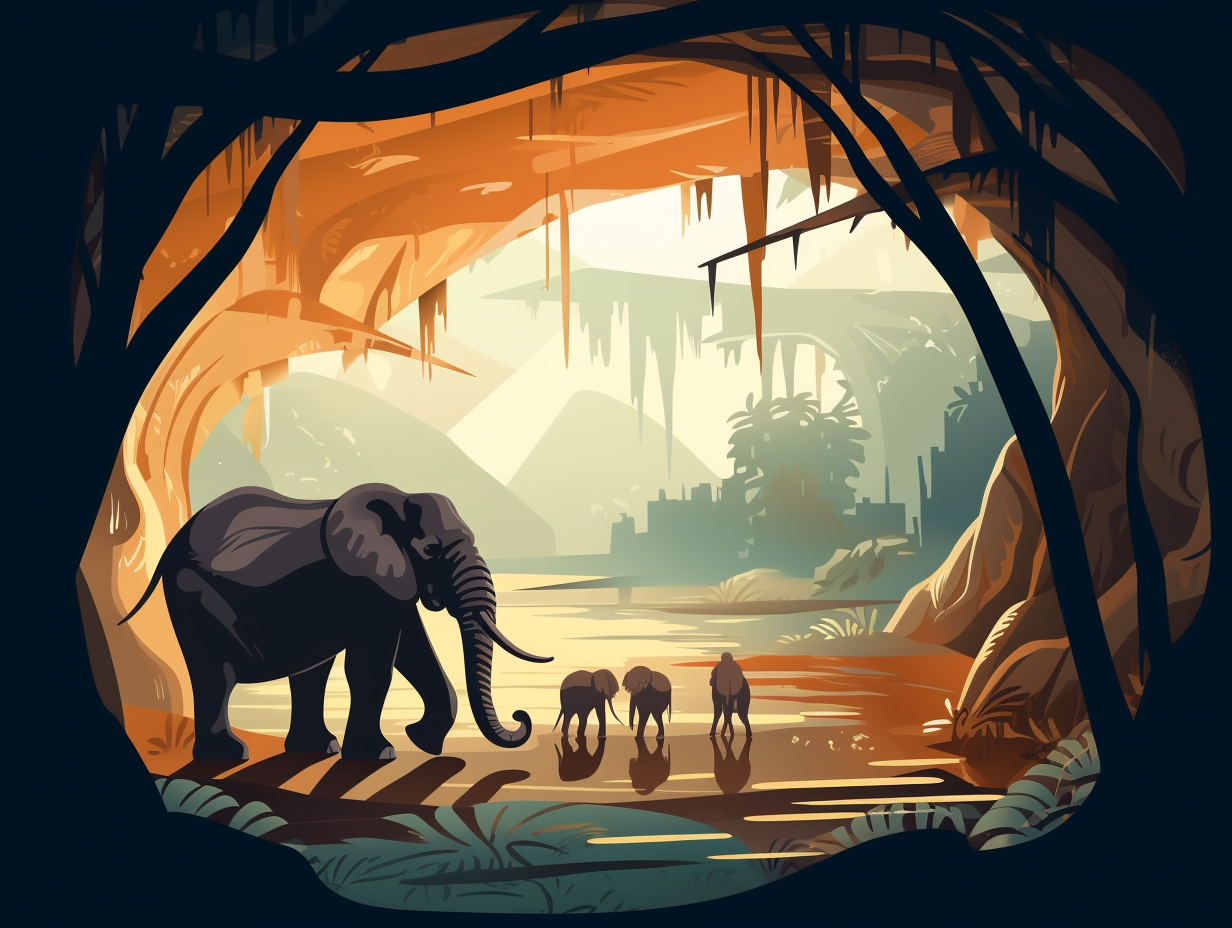Discover Haleakala National Park: 12 Fun Facts You Won't Believe!

1. Birdwatcher's Paradise
So, you think you've seen it all in terms of unique birdwatching experiences? Think again, my feathered friend enthusiast: Haleakalā National Park is home to the nēnē (Hawaiian goose), the diva state bird of Hawaii that can only be found on the islands, as well as the endangered Hawaiian petrel and the Maui parrotbill, both strutting their fabulous feathers exclusively in the park's ecosystems.
Source => tripadvisor.com
2. Special Permits for Unique Events
If you're planning a volcanic vow exchange or scattering the "fam" a little too literally, Haleakalā National Park might just be your cup of cataclysmic tea: Weddings, ash scatterings, commercial filming and photography, First Amendment activities, special events, and commercial vehicle access to "Science City" are all granted via Special Use Permits to protect the park's resources and the public interest.
Source => nps.gov

Did you know that Hawaii's Mauna Loa experienced a series of eruptions between 1916 and 1926, causing destruction to coastal villages? 🌋 Imagine the impact if it happened today! Discover more fascinating facts about Hawaii's volcanic history.
=> Fun Facts about Hawaii-Volcanoes-National-Park
3. World's Largest Dormant Volcano
If a giant dropped their cereal bowl, this is what it would look like: Haleakalā National Park houses the world's largest dormant volcano, whose summit towers at 10,023 feet above sea level, inviting awestruck visitors to peer into the colossal crater and drink in the spectacular views of neighboring islands and ocean expanses.
Source => dangerousroads.org
4. Ocean-Loving Casanovas
Ever heard of ocean-loving Casanovas that really dig volcanoes? Well, the Haleakala National Park has them all: The Hawaiian petrel, a seabird that travels thousands of miles from Alaska, Japan, and California to mate and nest in the park's volcanic soil, has seen a population increase thanks to predator control measures taken by park staff and visitor guidelines. Now that's commitment for enduring love!
Source => nps.gov

5. Stargazing Etiquette
When the lights go down in the city and you wish upon a star, make sure you're at Haleakalā National Park for your cosmic cravings: Boasting high elevation, clear skies, and minimal light pollution, the park is a paradise for stargazers, offering unrivaled views of the Milky Way and celestial wonders beyond. Just remember the etiquette – switch off white lights, keep red lights at a minimum, and arrive armed with astral knowledge. Camping overnight is kosher, but forgo any plans to frolic with the fauna or slumber outside designated areas.
Source => nps.gov
6. Scenic Ensemble Drama of Landscapes
If Haleakalā National Park were a movie, it'd be a splendidly scenic ensemble drama, with a vast cast of diverse landscapes – from lush, tropical sherwood forests to interstellar Tatooine deserts – and a sprinkle of the rarest animal celebrities, such as the Hawaiian Ricky Gervais (the monk seal) and the nēnē (a goose who knows how to say hi in Hawaiian): But really, this national gem in Hawaii boasts over 30,000 acres of diverse wilderness, home to over 50 miles of hiking trails, and habitats for its superstar endangered species like the Hawaiian monk seal and the nēnē.
Source => nps.gov
7. Hollywood of the Skies
Next time you're left starstruck, consider a trip to the "Hollywood of the skies": Haleakala National Park's summit serves as an interstellar red carpet premiere, with twinkling celestial celebrities showing off their best light, all thanks to its lofty elevation, dimly lit atmosphere, and everchanging weather ensemble. Although much like a blockbuster movie, catching a sunrise at the park requires a reservation; there's no need to book a VIP pass to stargaze atop this cosmic mountain runway.
Source => recreation.gov
8. Nēnē Population Detectives
What do you get when you cross the Hawaiian state bird with a game of "Where's Waldo?": Haleakalā National Park biologists have been channeling their inner detectives since the 1960s to monitor the nēnē population, successfully introducing around 500 captive-bred birds into the park through a conservation program.
Source => nps.gov
9. Flightless Moth Astronauts
What do moths and astronauts have in common? They both need a hopping good time to reach for the stars - or, in the case of the flightless moth of Haleakalā, the shrubs on Maui's highest peak: This peculiar critter, the Thyrocopa apatela, has evolved from its winged relatives into a moth with partial wings in order to thrive in the windy, chilly environment of its volcanic home, and it relies on its incredible jumping ability – up to 10 times its body length – to navigate and find food.
Source => mauiinvasive.org

10. Cloud Surfing at Haleakalā
Ever tried surfing clouds? At Haleakalā National Park, you'll hang ten on the gnarliest sea of cotton candy fluff: Cool clouds rise and meet warm air, creating an inversion layer, which can be viewed from the summit of Haleakalā or the park's observation points, offering a stunning sight of clouds below, thanks to large-scale subsidence in the Trade Winds.
Source => weathergamut.com
11. VIP Stairway to Heaven
If the stars are a stairway to heaven, then Haleakala National Park just might be the VIP observation deck: The summit of its volcano provides pristine conditions for stargazing and astronomy, thanks to high elevation and minimal light pollution, landing it on the celestial A-list of the world's best observing spots. Visitors can even mingle with the Milky Way at stargazing events and an on-site observatory, ensuring an out-of-this-world experience.
Source => nationalparksouvenirs.com
12. Planetary Defense Chill Spot
In a star-studded plot twist straight out of a sci-fi blockbuster, the real heroes of planetary defense can be found chillin' on a Hawaiian mountainside in Maui: The mighty Haleakalā National Park houses the world's leading Near Earth Object discovery telescope, Pan-STARRS1, armed with a 1.8-meter diameter telescope and a colossal 1.4 billion-pixel digital camera. This celestial sentinel, funded mainly by NASA's Near Earth Observation Program, is the reigning champion of comet discovery, nabbing over half of all new comets detected annually since 2014!
Source => about.ifa.hawaii.edu
Related Fun Facts




















